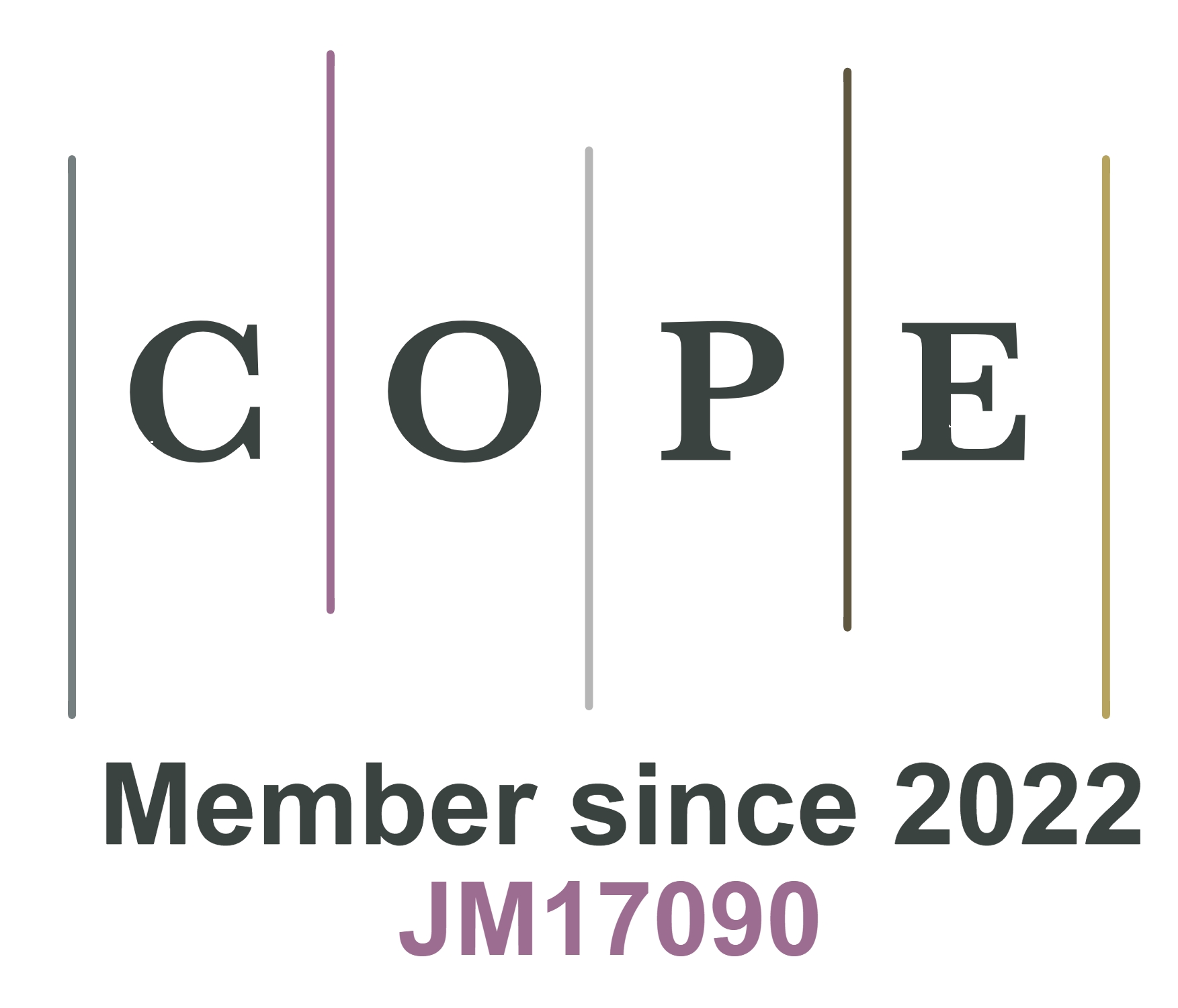REFERENCES
1. Hargreaves, M.; Spriet, L. L. Skeletal muscle energy metabolism during exercise. Nat. Metab. 2020, 2, 817-28.
2. Gorostiaga, E. M.; Granados, C.; Ibáñez, J.; Izquierdo, M. Differences in physical fitness and throwing velocity among elite and amateur male handball players. Int. J. Sports. Med. 2005, 26, 225-32.
3. Granados, C.; Izquierdo, M.; Ibáñez, J.; Ruesta, M.; Gorostiaga, E. M. Are there any differences in physical fitness and throwing velocity between national and international elite female handball players? J. Strength. Cond. Res. 2013, 27, 723-32.
4. Budgett, R. Fatigue and underperformance in athletes: the overtraining syndrome. Br. J. Sports. Med. 1998, 32, 107-10.
6. Collins, S. H.; Wiggin, M. B.; Sawicki, G. S. Reducing the energy cost of human walking using an unpowered exoskeleton. Nature 2015, 522, 212-5.
7. Shepertycky, M.; Burton, S.; Dickson, A.; Liu, Y. F.; Li, Q. Removing energy with an exoskeleton reduces the metabolic cost of walking. Science 2021, 372, 957-60.
8. Meng, Q.; Zeng, Q.; Xie, Q.; et al. Flexible lower limb exoskeleton systems: a review. NeuroRehabilitation 2022, 50, 367-90.
9. Bohm, S.; Mersmann, F.; Santuz, A.; Arampatzis, A. The force-length-velocity potential of the human soleus muscle is related to the energetic cost of running. Proc. Biol. Sci. 2019, 286, 20192560.
10. Tang, X.; Wang, X.; Ji, X.; et al. A wearable lower limb exoskeleton: reducing the energy cost of human movement. Micromachines 2022, 13, 900.
11. Schrock, J. M.; Snodgrass, J. J.; Sugiyama, L. S. Lassitude: the emotion of being sick. Evol. Hum. Behav. 2020, 41, 44-57.
13. Dauncey, M. J. Influence of mild cold on 24 h energy expenditure, resting metabolism and diet-induced thermogenesis. Br. J. Nutr. 1981, 45, 257-67.
14. Scheeren, T. W.; Schober, P.; Schwarte, L. A. Monitoring tissue oxygenation by near infrared spectroscopy (NIRS): background and current applications. J. Clin. Monit. Comput. 2012, 26, 279-87.
15. Binzoni, T.; Cooper, C. E.; Wittekind, A. L.; et al. A new method to measure local oxygen consumption in human skeletal muscle during dynamic exercise using near-infrared spectroscopy. Physiol. Meas. 2010, 31, 1257-69.
16. Lucero, A. A.; Addae, G.; Lawrence, W.; et al. Reliability of muscle blood flow and oxygen consumption response from exercise using near-infrared spectroscopy. Exp. Physiol. 2018, 103, 90-100.
17. Schmitz, R. J.; Westwood, K. C. Knee extensor electromyographic activity-to-work ratio is greater with isotonic than isokinetic contractions. J. Athl. Train. 2001, 36, 384-7.
18. Kojima, T. Force-velocity relationship of human elbow flexors in voluntary isotonic contraction under heavy loads. Int. J. Sports. Med. 1991, 12, 208-13.
19. Shin, D.; Kim, J.; Koike, Y. A myokinetic arm model for estimating joint torque and stiffness from EMG signals during maintained posture. J. Neurophysiol. 2009, 101, 387-401.
20. Lopes, J.; Simão, M.; Mendes, N.; Safeea, M.; Afonso, J.; Neto, P. Hand/arm gesture segmentation by motion using IMU and EMG sensing. Procedia. Manuf. 2017, 11, 107-13.
21. Jiang, S.; Lv, B.; Guo, W.; et al. Feasibility of wrist-worn, real-time hand, and surface gesture recognition via sEMG and IMU sensing. IEEE. Trans. Ind. Inf. 2018, 14, 3376-85.
22. Stanev, D.; Filip, K.; Bitzas, D.; et al. Real-time musculoskeletal kinematics and dynamics analysis using marker- and IMU-based solutions in rehabilitation. Sensors 2021, 21, 1804.
23. Guo, J.; Guo, C.; Zhou, J.; Duan, K.; Wang, Q. Flexible capacitive sensing and ultrasound calibration for skeletal muscle deformations. Soft. Robot. 2023, 10, 601-11.
24. Kim, N.; Lee, J. M.; Moradnia, M.; et al. Biocompatible composite thin-film wearable piezoelectric pressure sensor for monitoring of physiological and muscle motions. Soft. Sci. 2022, 2, 8.
25. Yang, X.; Sun, X.; Zhou, D.; Li, Y.; Liu, H. Towards wearable A-mode ultrasound sensing for real-time finger motion recognition. IEEE. Trans. Neural. Syst. Rehabil. Eng. 2018, 26, 1199-208.
26. Wong, T. H.; Yiu, C. K.; Zhou, J.; et al. Tattoo-like epidermal electronics as skin sensors for human machine interfaces. Soft. Sci. 2021, 1, 10.
27. Sun, B.; Baidillah, M. R.; Darma, P. N.; Shirai, T.; Narita, K.; Takei, M. Evaluation of the effectiveness of electrical muscle stimulation on human calf muscles via frequency difference electrical impedance tomography. Physiol. Meas. 2021, 42, 035008.
28. Cai, P.; Wan, C.; Pan, L.; et al. Locally coupled electromechanical interfaces based on cytoadhesion-inspired hybrids to identify muscular excitation-contraction signatures. Nat. Commun. 2020, 11, 2183.
29. Wang, T.; Zhao, Y.; Wang, Q. A wearable co-located neural-mechanical signal sensing device for simultaneous bimodal muscular activity detection. IEEE. Trans. Biomed. Eng. 2023, 70, 3401-12.
30. Roberts, T. J.; Gabaldón, A. M. Interpreting muscle function from EMG: lessons learned from direct measurements of muscle force. Integr. Comp. Biol. 2008, 48, 312-20.
31. Chhetry, A.; Sharma, S.; Yoon, H.; Ko, S.; Park, J. Y. Enhanced sensitivity of capacitive pressure and strain sensor based on CaCu3Ti4O12 wrapped hybrid sponge for wearable applications. Adv. Funct. Mater. 2020, 30, 1910020.
32. Zhu, K.; Guo, W.; Yang, G.; Li, Z.; Wu, H. High-fidelity recording of EMG signals by multichannel on-skin electrode arrays from target muscles for effective human–machine interfaces. ACS. Appl. Electron. Mater. 2021, 3, 1350-8.
33. Böl, M.; Weikert, R.; Weichert, C. A coupled electromechanical model for the excitation-dependent contraction of skeletal muscle. J. Mech. Behav. Biomed. Mater. 2011, 4, 1299-310.
34. Marco, G.; Alberto, B.; Taian, V. Surface EMG and muscle fatigue: multi-channel approaches to the study of myoelectric manifestations of muscle fatigue. Physiol. Meas. 2017, 38, R27-60.
35. Michalsik, L. B.; Aagaard, P.; Madsen, K. Locomotion characteristics and match-induced impairments in physical performance in male elite team handball players. Int. J. Sports. Med. 2013, 34, 590-9.
36. Póvoas, S. C.; Seabra, A. F.; Ascensão, A. A.; Magalhães, J.; Soares, J. M.; Rebelo, A. N. Physical and physiological demands of elite team handball. J. Strength. Cond. Res. 2012, 26, 3365-75.
37. Cherry, M. S.; Kota, S.; Young, A.; Ferris, D. P. Running with an elastic lower limb exoskeleton. J. Appl. Biomech. 2016, 32, 269-77.
38. Fleischer, C.; Hommel, G. A human-exoskeleton interface utilizing electromyography. IEEE. Trans. Robot. 2008, 24, 872-82.
39. Al-Mulla, M. R.; Sepulveda, F.; Colley, M. A review of non-invasive techniques to detect and predict localised muscle fatigue. Sensors 2011, 11, 3545-94.
40. Petitjean, M.; Maton, B.; Cnockaert, J. C. Evaluation of human dynamic contraction by phonomyography. J. Appl. Physiol. 1992, 73, 2567-73.
41. Zou, P.; Wang, Y.; Cai, H.; et al. Wearable iontronic FMG for classification of muscular locomotion. IEEE. J. Biomed. Health. Inform. 2022, 26, 2854-63.










